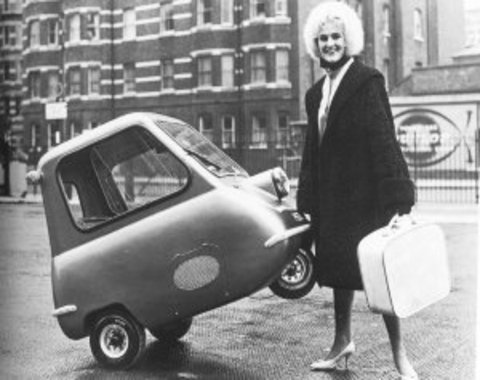Brad Templeton, a consultant to Google’s driverless-car division, explaining why he thinks delivery robots, which will transport goods and not people, shouldn’t be governed by the same restrictions as autonomous cars:
“Delivery robots are world-changing. While they won’t and can’t carry people, they will change retailing, logistics, the supply chain, and even going to the airport in huge ways. By offering very quick delivery of every type of physical goods — less than 30 minutes — at a very low price (a few pennies a mile) and on the schedule of the recipient, they will disrupt the supply chain of everything. Others, including Amazon, are working on doing this by flying drone, but for delivery of heavier items and efficient delivery, the ground is the way to go.
While making fully unmanned vehicles is more challenging than ones supervised by their passenger, the delivery robot is a much easier problem than the self-delivering taxi for many reasons:
- It can’t kill its cargo, and thus needs no crumple zones, airbags or other passive internal safety.
- It still must not hurt people on the street, but its cargo is not impatient, and it can go more slowly to stay safer. It can also pull to the side frequently to let people pass if needed.
- It doesn’t have to travel the quickest route, and so it can limit itself to low-speed streets it knows are safer.
- It needs no windshield or wheel, and can be small, light and very inexpensive.
A typical deliverbot might look like little more than a suitcase sized box on 3 or 4 wheels. It would have sensors, of course, but little more inside than batteries and a small electric motor. It probably will be covered in padding or pre-inflated airbags, to assure it does the least damage possible if it does hit somebody or something. At a weight of under 100lbs, with a speed of only 25 km/h and balloon padding all around, it probably couldn’t kill you even if it hit you head on (though that would still hurt quite a bit.)
The point is that this is an easier problem, and so we might see development of it before we see full-on taxis for people.”

